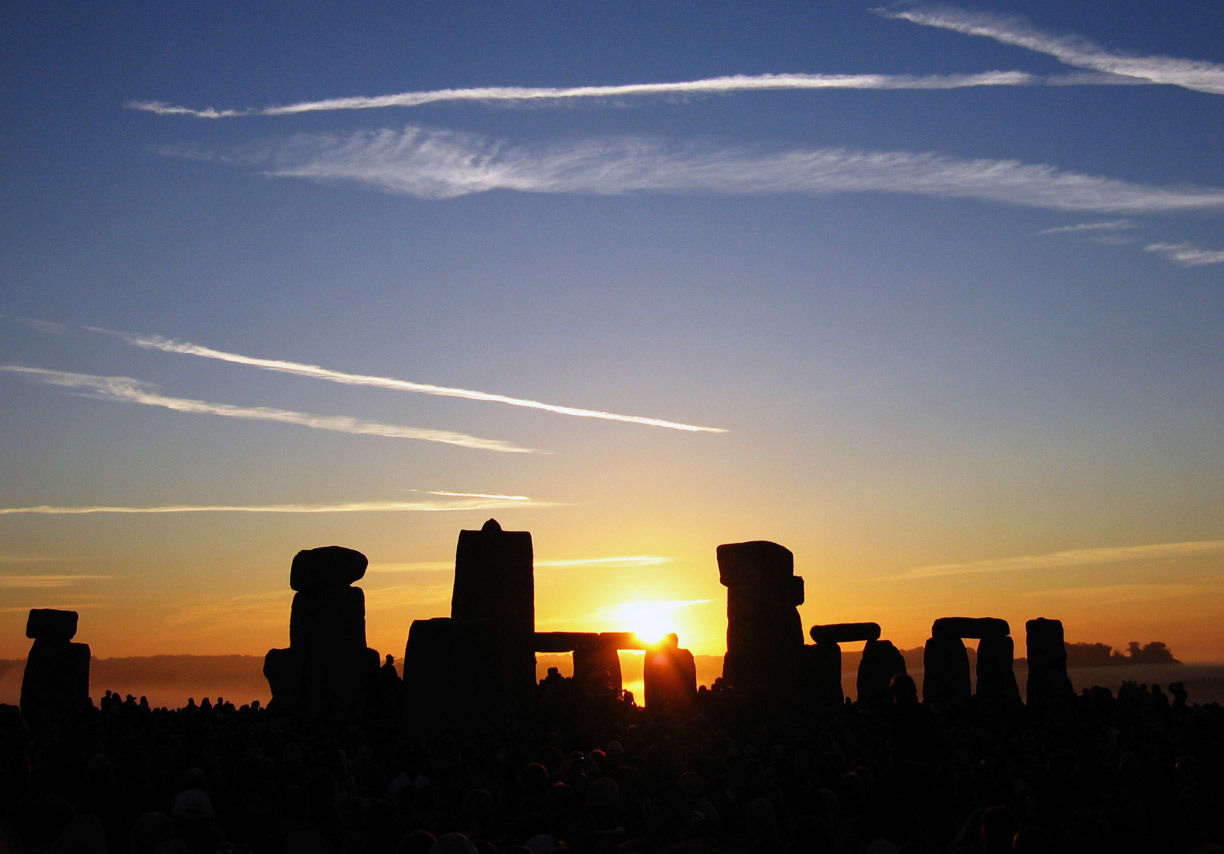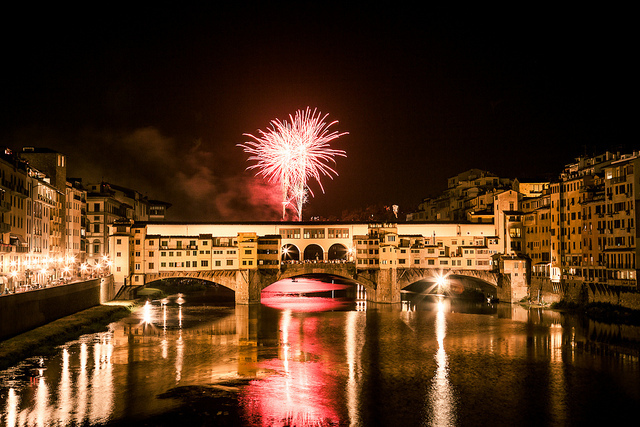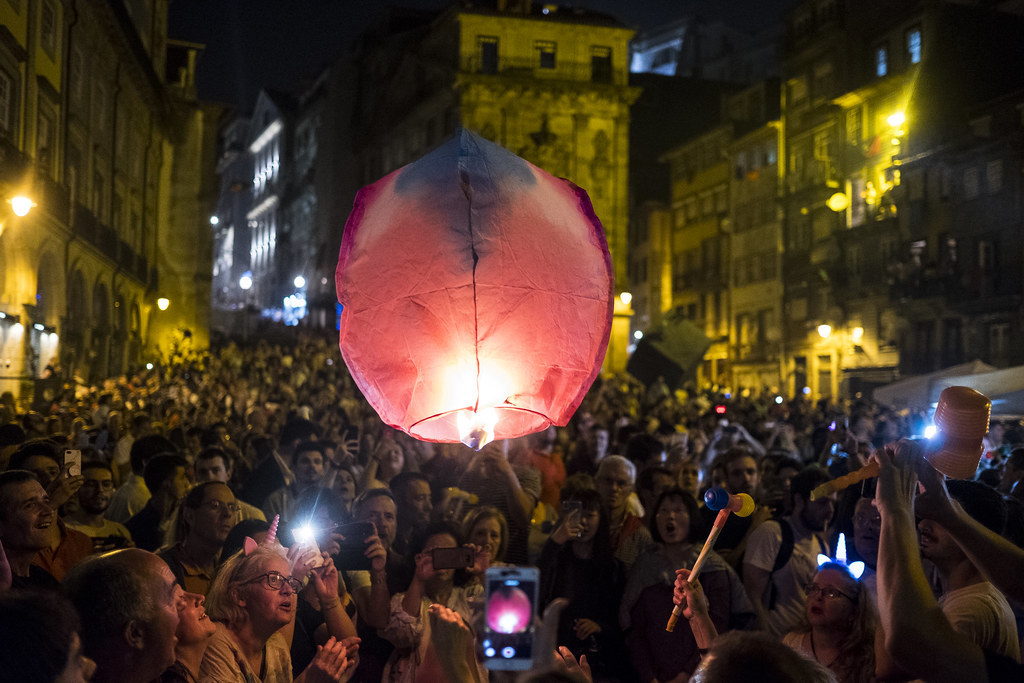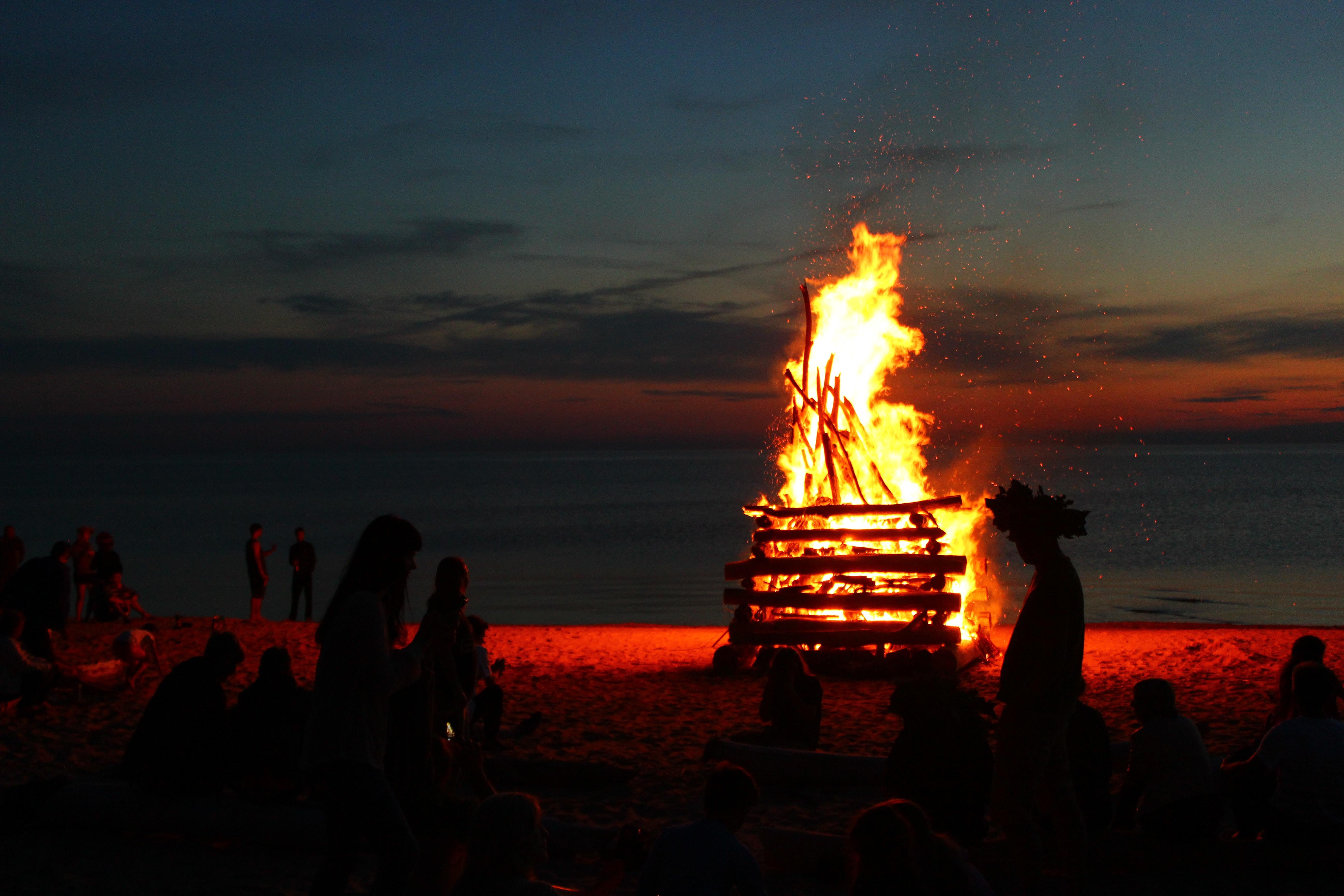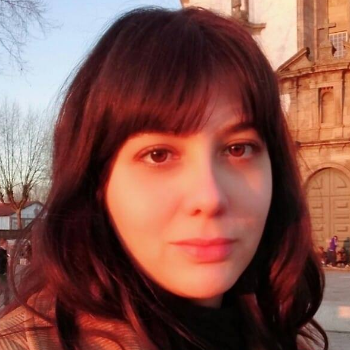Thank you for choosing Korjuu.com!
Please read these Terms of Service carefully as they contain important information about your legal rights, remedies and obligations. By accessing or using Korjuu you agree to comply with and be bound by these Terms of Service.
These Terms of Service constitute a legally binding agreement made between you, whether personally or on behalf of an entity (“you”) and Korjuu.com Oy (Korjuu.com Oy, “Korjuu”, we,” “us” or “our”), concerning your access to and use of the Korjuu web service as well as any other media form, media channel, mobile website or mobile application related, linked, or otherwise connected thereto (collectively known as “Korjuu ”). You hereby agree that by using Korjuu, you have read, understood, and agree to be bound by all of these Terms. If you do not agree with all of these Terms, then you are expressly prohibited from using the site and you must discontinue its use immediately.
Supplemental Terms or documents that may be posted in Korjuu from time to time are hereby expressly incorporated herein by reference. We reserve the right, in our sole discretion, to make changes or modifications to these Terms at any time and for any reason. We shall alert you about any changes by updating the “Last updated” date of these Terms and you waive any right to receive a specific notice of each such Terms change. It is your responsibility to periodically review these Terms to stay informed of updates. You shall be subject to, and shall be deemed to have been made aware of and to have accepted, the changes in any revised Terms by your continued use of Korjuu after the date such revised Terms are posted.
The information provided in Korjuu is not intended for distribution to or use by any person or entity in any jurisdiction or country where such distribution or use would be contrary to law or regulation or which would subject us to any registration requirement within such jurisdiction or country. Accordingly, those persons who choose to access Korjuu from other locations do so on their own initiative and are then solely responsible for compliance with local laws to the extent local laws are applicable. Our collection and use of personal information in connection with your access to and use of Korjuu is described in our Privacy Policy.
Table of Contents
- Korjuu.com Web Service
- Modification of these Terms
- Account Registration
- Content
- Intellectual Property Rights
- Service Fees
- Prohibited Activities
- Term and Termination, Suspension, other Measures
- Disclaimers
- Liability
- Indemnification
- Dispute Resolution and Arbitration Agreement
- Feedback
- Applicable Law and Jurisdiction
- General Provisions
1. Korjuu.com Web Service
1.1 Korjuu may contain links to other websites ("Third-Party Websites") as well as articles, photographs, text, graphics, pictures, designs, music, sound, video, information, applications, software, and other content or items belonging to or originating from third parties ("Third-Party Content"). Such Third-Party Websites and Third-Party Content are not investigated, monitored, or checked for accuracy, appropriateness, or completeness by Korjuu, and Korjuu.com Oy is not responsible for any Third-Party Websites accessed through Korjuu or any Third-Party Content posted on, or available through, Korjuu, including the content, accuracy, offensiveness, opinions, reliability, privacy practices, or other policies of or contained in the Third-Party Websites or the Third-Party Content. Inclusion of, linking to, or permitting the use or installation of any Third-Party Websites or any Third-Party Content does not imply approval or endorsement thereof by us. Members should review the applicable terms and policies, including privacy and data gathering practices, of any website to which the Member navigate from Korjuu. Any purchases made by Members through Third-Party Websites shall be through other websites and from other companies, and Korjuu.com Oy takes no responsibility whatsoever in relation to such purchases which are exclusively between the Member and the applicable third party. Members agree and acknowledge that Korjuu does not endorse the products or services offered on Third-Party Websites and Members shall hold Korjuu.com Oy harmless from any harm caused by the Members’ purchase of such products or services. Additionally, Members shall hold Korjuu.com Oy harmless from any losses sustained by any Member or harm caused to you relating to or resulting in any way from any Third-Party Content or any contact with Third-Party Websites.
1.2 Korjuu cannot guarantee continuous and uninterrupted availability of service. Korjuu.com Oy always reserves the right to restrict the availability of Korjuu or certain areas or features during a maintenance or improvement work. Korjuu.com Oy may ameliorate and modify the Korjuu service and introduce new features from time without any Member consent.
1.3 Korjuu is intended to be used by adult people over 18 years old, or any other age threshold that designates adult in legal terms. By using the service, Members represent and warrant that they are at least 18 years old and have the legal capacity and authority to enter into a contract with other Members.
1.4 Korjuu.com Oy may at its own discretion make the access and use of the service, or areas or features of the Korjuu, subject to specific terms and conditions, by for example requiring a completed verification process to be done in advance of using any of its services.
1.5 Korjuu.com Oy does not assume any responsibility for the confirmation of any Member identity. Notwithstanding the above, for transparency and fraud prevention purposes we may ask Members to provide a form of identification or other information or undertake additional checks designed to help verify the identities or backgrounds of Members, screen Member against third party databases or other sources any request reports from service providers.
1.6 The access or use of certain areas and features of Korjuu may be subject to separate policies, standards or guidelines, or may require that Members accept additional terms. If there is a conflict between these Terms applicable to a specific area or feature of Korjuu, the latter terms and conditions take precedence with respect to your access to or use of that area or feature.
2. Modification of these Terms
Korjuu.com Oy reserves the right to modify these Terms at any time in accordance with this provision. If you disagree with the revised Terms, you may terminate this Agreement immediately by deleting your account.
3. Account Registration
3.1 You must register an account (“Korjuu Account") to access and use certain features of Korjuu.com, such as publishing or reserving a Listing. If you are registering a Korjuu Account for a company or other legal entity, you represent and warrant that you have the authority to legally bind that entity. You must as well grant us all permissions and licenses provided in these Terms.
3.2 You can register a Korjuu Account using an email address and creating a password, or through your account with certain third-party social networking services, such as Facebook ("SNS Account"). You have the ability to disable the connection between your Korjuu Account and your SNS Account at any time.
3.3 You must provide accurate and complete information during the registration process and keep your Korjuu Account and public Korjuu Account profile page information up-to-date at all times.
3.4 You may not register more than one (1) Korjuu Account unless Korjuu.com Oy authorizes you to do so.
3.5 You agree to keep your password confidential and shall be responsible for all use of your account and password. We reserve the right to remove, reclaim, or change a user name you select if we determine, in our sole discretion, that such user name is inappropriate, obscene, or otherwise objectionable. You are not allowed to sell or otherwise transfer your Korjuu Account to others.
4. Content
4.1 Korjuu.com Oy can enable, at its sole discretion, Members to create, upload, post, send, receive and store content, such as text, photos, video, or other materials and information on or through Korjuu ("Member Content”).
4.2 Korjuu may invite you to chat, contribute to, or participate in blogs, message boards, online forums, and other functionality, and may provide you with the opportunity to create, submit, post, display, transmit, perform, publish, distribute, or broadcast content and materials to us or in Korjuu, including but not limited to text, writings, video, audio, photographs, graphics, comments, suggestions, or personal information or other Member Content. Member Content may be viewable by other Members of Korjuu and through third-party websites. As such, any Member Content you transmit may be treated as non-confidential and non-proprietary. When you create or make available any Member Content, you thereby represent and warrant that Member Content:
– is not in any manner contemplated by Korjuu and these Terms of Service.
– is not false, inaccurate, or misleading.
– is not unsolicited or unauthorized pyramid schemes, chain letters, spam, mass mailings, or other forms of solicitation.
– is not obscene, lewd, lascivious, filthy, violent, harassing, libelous, slanderous, or otherwise objectionable (as determined by us).
– does not ridicule, mock, disparage, intimidate, or abuse anyone.
– does not advocate the violent overthrow of any government or incite, encourage, or threaten physical harm against another.
– does not violate any applicable law, regulation, or rule.
– does not violate the privacy or publicity rights of any third party.
– does not contain any material that solicits personal information from anyone under the age of 18 or exploits people under the age of 18 in a sexual or violent manner.
– does not violate any federal or state law concerning child pornography, or otherwise intended to protect the health or well-being of minors.
– does not include any offensive comments that are connected to race, national origin, gender, sexual preference, or physical handicap.
– does not otherwise violate, or link to material that violates, any provision of these Terms of Service, or any applicable law or regulation.
– The creation, distribution, transmission, public display, or performance, and the accessing, downloading, or copying of your Member Content do not and shall not infringe the proprietary rights, including but not limited to the copyright, patent, trademark, trade secret, or moral rights of any third party.
4.3 Any use of Korjuu in violation of the foregoing violates these Terms of Service and may result in, among other things, termination or suspension of your rights to use Korjuu.
4.4 Korjuu.com Oy respects copyright law and expects its Members to do the same. If you believe that any content on Korjuu infringes copyrights you own, please notify us at info@korjuu.com.
5. Intellectual Property Rights
Unless otherwise indicated, Korjuu is proprietary property of Korjuu.com Oy and all source code, databases, functionality, software, website designs, audio, video, text, photographs, and graphics in Korjuu and the trademarks, service marks, and logos contained therein are owned or controlled by us or licensed to us, and are protected by copyright and trademark laws and various other intellectual property rights and unfair competition laws of Finland foreign jurisdictions, and international conventions. The content and the Marks are provided in Korjuu “AS IS” for your information and personal use only. Except as expressly provided in these Terms of Service, no part of Korjuu and no Member Content may be copied, reproduced, aggregated, republished, uploaded, posted, publicly displayed, encoded, translated, transmitted, distributed, sold, licensed, or otherwise exploited for any commercial purpose whatsoever, without our prior written permission.
6. Service Fees
Members are responsible for paying any Service Fees that they owe to Korjuu.com Oy. The applicable Service Fees are due and payable and collected by Korjuu.com Oy.
7. Prohibited Activities
7.1 You are solely responsible for compliance with any and all laws, rules, regulations, and Tax obligations that may apply to your use of Korjuu.
7.2 You may not access or use Korjuu for any purpose other than that for which we make Korjuu available. Korjuu may not be used in connection with any commercial endeavours except those that are specifically endorsed or approved by us.
7.3 As a Member of Korjuu, you agree not to: (1) Systematically retrieve data or other content from Korjuu to create or compile, directly or indirectly, a collection, compilation, database, or directory without written permission from us. (2) Trick, defraud, or mislead us and other Members, especially in any attempt to learn sensitive account information such as user passwords. (3) Make improper use of our support services or submit false reports of abuse or misconduct. (4) Engage in any automated use of the system, such as using scripts to send comments or messages, or using any data mining, robots, or similar data gathering and extraction tools. (5) Interfere with, disrupt, or create an undue burden on Korjuu or the networks or services connected to Korjuu. (6) Attempt to impersonate another user or person or use the user name of another Member. (7) Sell or otherwise transfer your profile. (8) Use any information obtained from Korjuu in order to harass, abuse, or harm another person. (9) Decipher, decompile, disassemble, or reverse engineer any of the software comprising or in any way making up a part of Korjuu. (10) Harass, annoy, intimidate, or threaten any of our employees or agents engaged in providing any portion of Korjuu to you. (11) Delete the copyright or other proprietary rights notice from any Content. (12) Copy or adapt Korjuu software, including but not limited to Flash, PHP, HTML, JavaScript, or other code. (13) Interchange formats (“gifs”), 1×1 pixels, web bugs, cookies, or other similar devices (sometimes referred to as “spyware” or “passive collection mechanisms” or “pcms”). (14) Disparage, tarnish, or otherwise harm, in our opinion, Korjuu.com Oy and/or Korjuu. (15) Breach or circumvent any applicable laws or regulations, agreements with third-parties, third-party rights, or our Terms. (16) Use Korjuu or its content for any commercial or other purposes that are not expressly permitted by these Terms. (17) Use Korjuu in connection with the distribution of unsolicited commercial messages ("spam”). (18)
7.4 You acknowledge that Korjuu.com Oy has no obligation to monitor the use of Korjuu by any Member or to review, disable access to, or edit any Member Content, but has the right to do so to operate, secure and ameliorate Korjuu.
7.5 If you feel that any Member you interact with, whether online or in person, is acting or has acted inappropriately, you should immediately report such person to the appropriate authorities and then to Korjuu.com Oy by contacting us with your police station and report number (if available); provided that your report shall not obligate us to take any action beyond that required by law (if any) or cause us to incur any liability to you.
8. Term and Termination, Suspension, other Measures
8.1 Korjuu.com Oy may terminate this Agreement or deactivate your User account immediately if you have materially breached your obligations under these Terms or you have violated applicable laws, regulations, or third party rights.
8.2 For all other breaches of this Agreement, you shall be provided notice and an opportunity to cure the breach. If the breach is cured in a timely manner and to Korjuu.com Oy’s satisfaction, this Agreement shall not be permanently terminated.
9. Disclaimers
If we need to conduct background checks on any Member, to the extent permitted by applicable law, we disclaim warranties of any kind, that such checks shall identify prior misconduct by a Member or guarantee that a Member shall not engage in misconduct in the future.
10. Liability
CERTAIN LAWS DO NOT ALLOW LIMITATIONS ON IMPLIED WARRANTIES OR THE EXCLUSION OR LIMITATION OF CERTAIN DAMAGES. IF THESE LAWS APPLY TO YOU, SOME OR ALL OF THE ABOVE DISCLAIMERS OR LIMITATIONS MAY NOT APPLY TO YOU, AND YOU MAY HAVE ADDITIONAL RIGHTS.
11. Indemnification
You agree to defend, indemnify, and hold Korjuu.com Oy harmless, including our subsidiaries, affiliates, and all of our respective officers, agents, partners, and employees, from and against any loss, damage, liability, claim, or demand, including reasonable attorneys’ fees and expenses, made by any third party due to or arising out of: (1) use of Korjuu; (2) breach of these Terms; (3) any breach of your representations and warranties set forth in these Terms; (4) your violation of the rights of a third party, including but not limited to intellectual property rights; or (5) any overt harmful act toward any other user of Korjuu with whom you connected through Korjuu. Notwithstanding the foregoing, we reserve the right, at your expense, to assume the exclusive defense and control of any matter for which you are required to indemnify us, and you agree to cooperate, at your expense, with our defense of such claims. We shall use reasonable efforts to notify you of any such claim, action, or of proceeding which is subject to this indemnification upon becoming aware of it.
12. Dispute Resolution and Arbitration Agreement
12.1 This Dispute Resolution and Arbitration Agreement shall apply if you reside in Finland; or do not reside in Finland, but bring any claim against Korjuu.com Oy in Finland.
12.2 Prior to initiating any arbitration, you and Korjuu.com Oy each agree to notify the other party of the dispute and attempt to negotiate an informal resolution to it first. We shall contact you at the email address you have provided to us; you can contact Korjuu.com Oy’s customer service team by emailing info@korjuu.com.
12.3 If the Parties are unable to resolve a Dispute through informal negotiations, the Dispute (except those Disputes expressly excluded below) shall be finally and exclusively resolved by binding arbitration.
YOU UNDERSTAND THAT WITHOUT THIS PROVISION, YOU WOULD HAVE THE RIGHT TO SUE IN COURT.
12.4 You and Korjuu.com Oy mutually agree that any dispute, claim or controversy arising out of or relating to these Terms or the breach, termination, enforcement or interpretation thereof, or to the use of Korjuu, the Lending Services, or the Collective Content (collectively, “Disputes”) shall be settled by binding arbitration.
12.5 You and Korjuu.com Oy each agree that the following claims are exceptions to the Arbitration and shall be brought in a judicial proceeding in a court of competent jurisdiction: (1) Any claim related to infringement, misappropriation or violation of a party’s copyrights, trademarks, trade secrets, patents, or other intellectual property rights; (2) Any claim seeking emergency injunctive relief based on exigent circumstances.
12.6 You and Korjuu.com Oy acknowledge and agree that we are each waiving the right to a trial by jury as to all arbitrable Disputes.
12.7 YOU UNDERSTAND AND AGREE THAT YOU AND KORJUU.COM OY MAY EACH BRING CLAIMS IN ARBITRATION AGAINST THE OTHER ONLY IN AN INDIVIDUAL CAPACITY AND NOT ON A CLASS, COLLECTIVE ACTION, OR REPRESENTATIVE BASIS. YOU UNDERSTAND AND AGREE THAT YOU AND KORJUU.COM OY BOTH ARE WAIVING THE RIGHT TO PURSUE OR HAVE A DISPUTE RESOLVED AS A PLAINTIFF OR CLASS MEMBER IN ANY PURPORTED CLASS, COLLECTIVE OR REPRESENTATIVE PROCEEDING.
12.8 If Korjuu.com Oy changes this Section (“12. Dispute Resolution and Arbitration Agreement”) after the date you last accepted these Terms (or accepted any subsequent changes to these Terms), you may reject any such change by sending us written notice (including by email) within thirty (30) days of the date such change became effective, as indicated in the “Last Updated” date above or in the date of Korjuu.com Oy’s email to you notifying you of such change. By rejecting any change, you are agreeing that you shall arbitrate any Dispute between you and Korjuu.com Oy in accordance with the provisions of the “Dispute Resolution and Arbitration Agreement” section as of the date you last accepted these Terms (or accepted any subsequent changes to these Terms).
12.9 This agreement to arbitrate survives after the Agreement terminates or your relationship with Korjuu.com Oy ends.
13. Feedback
Korjuu.com Oy welcomes Members to provide feedback, comments and suggestions to improve Korjuu (“Feedback“). You may submit Feedback by sending email to info@korjuu.com. Any Feedback you submit shall be considered non-confidential and non-proprietary to you. By submitting Feedback, you grant us a license to use and publish those ideas and materials for any purpose, without any compensation to you.
14. Applicable Law and Jurisdiction
These Terms shall be interpreted in accordance with Finnish law. The choice of law does not impact your rights as a consumer according to the consumer protection regulations of your country of residence. If you are acting as a consumer, you agree to submit to the non-exclusive jurisdiction of the Finnish courts. Judicial proceedings that you are able to bring against us arising from or in connection with these Terms may only be brought in a court located in Finland or a court with jurisdiction in your place of residence. If Korjuu.com Oy wishes to enforce any of its rights against you as a consumer, we may do so only in the courts of the jurisdiction in which you are a resident. If you are acting as a business, you agree to submit to the exclusive jurisdiction of the Finnish courts.
15. General Provisions
15.1 Except as they may be supplemented by additional terms and conditions, policies, guidelines or standards, these Terms constitute the entire Agreement between the Member and Korjuu.com Oy pertaining to the subject matter hereof, and supersede any and all prior oral or written understandings or agreements between Korjuu.com Oy and the Member in relation to the access to and use of Korjuu.
15.2 No joint venture, partnership, employment, or agency relationship exists between the Members and Korjuu.com Oy as a result of this Agreement or your use of Korjuu.
15.3 Members may not assign, transfer or delegate this Agreement and rights and obligations hereunder without Korjuu.com Oy’s prior written consent. Korjuu.com Oy may without restriction assign, transfer or delegate this Agreement and any rights and obligations hereunder, at its sole discretion, with 30 days prior notice. Members’ right to terminate this Agreement at any time remains unaffected.
15.4 Unless otherwise specified, any notices or other communications to Members permitted or required under this Agreement, shall be in writing by Korjuu.com Oy via email or notification.
15.5 If you reside in the EU you can access the European Commission’s online dispute resolution platform here: http://ec.europa.eu/consumers/odr. Please note that Korjuu.com Oy is not committed nor obliged to use an alternative dispute resolution entity to resolve disputes with consumers.
15.6 If you have any questions about these Terms of Service please send an email to info@korjuu.com.

